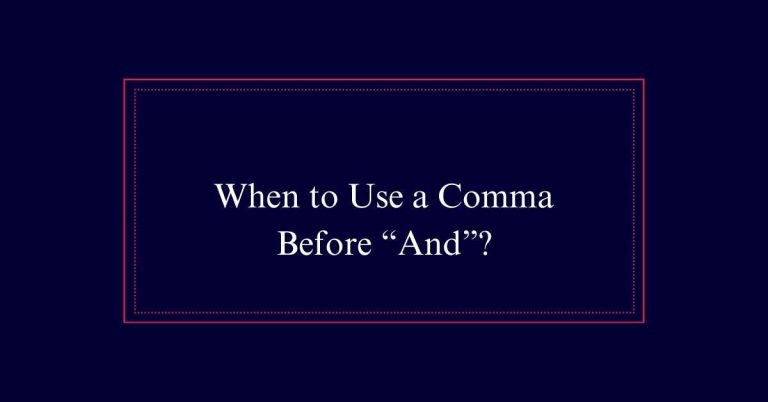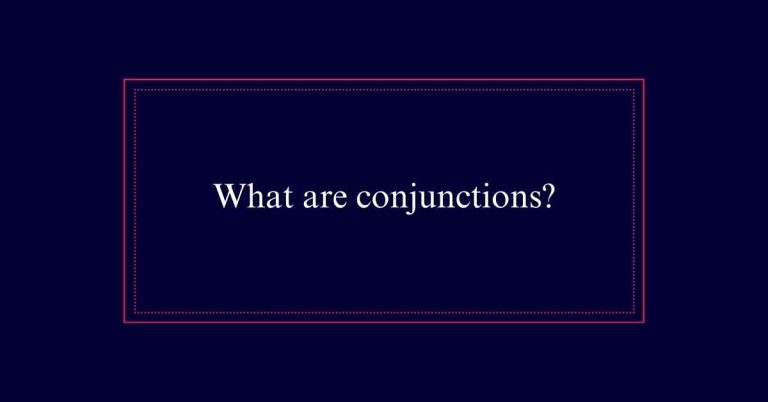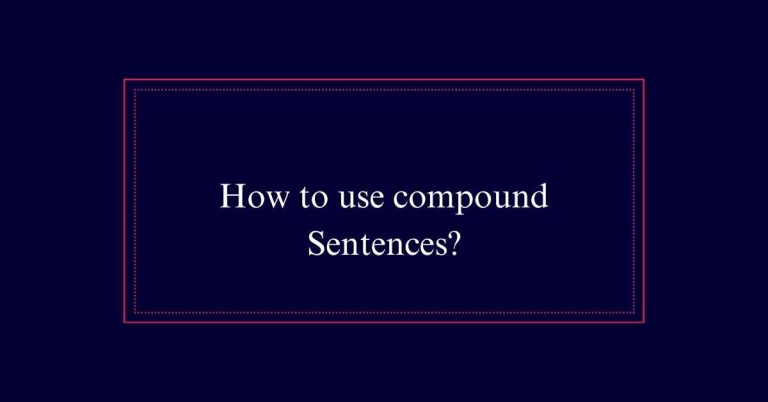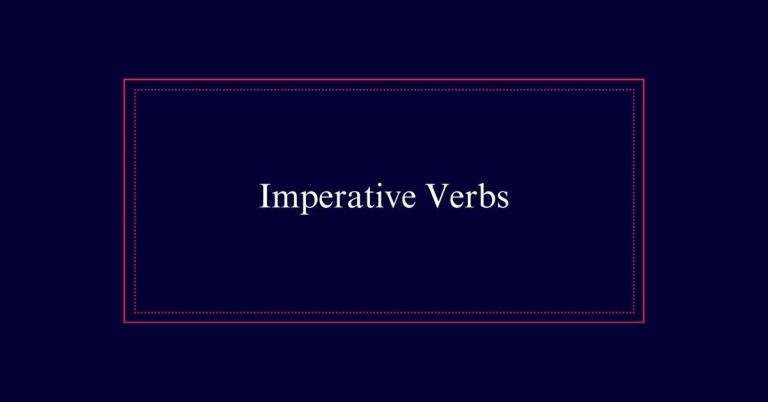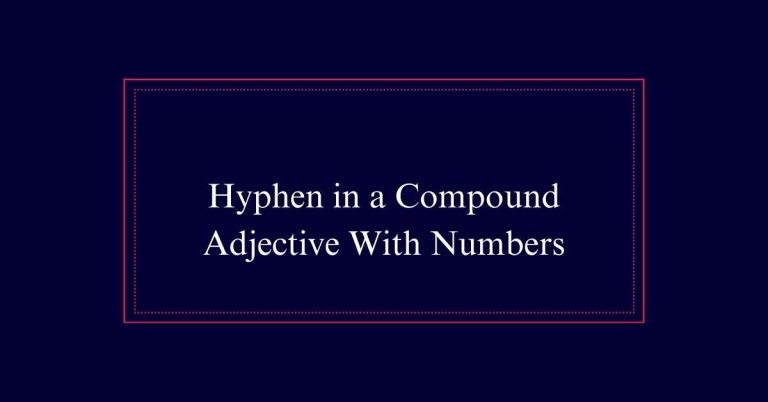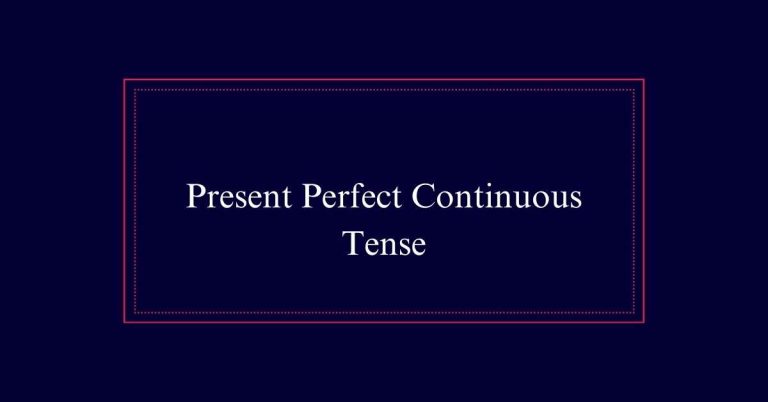Subordinating Conjunctions
Subordinating conjunctions connect dependent clauses to independent clauses, creating complex sentences. Examples like ‘because,’ ‘when,’ ‘where,’ and ‘after’ indicate relationships between clauses. They explain reasons, time, and places, enhancing clarity and depth in writing. For instance, ‘because’ and ‘since’ clarify causes and effects, while ‘once’ and ‘before’ establish time. ‘So’ and ‘so that’ express purpose and results. Guarantee proper comma placement when starting sentences with these conjunctions, such as, ‘After dinner, we went for a walk.’
What Are Subordinating Conjunctions
Subordinating conjunctions are words that connect dependent clauses to independent clauses. They play a crucial role in constructing complex sentences. These conjunctions help indicate a relationship between the two clauses. For instance, they can show cause-and-effect or shifts in time or place. Examples include words like ‘because,’ ‘when,’ ‘whenever,’ ‘where,’ and ‘after.’
Subordinating conjunctions are placed at the beginning of the dependent clause. When the dependent clause comes first in a sentence, a comma follows it. For example, ‘Whenever Batman was away, Robin drove the Batmobile.’
Cause-and-Effect Conjunctions
Cause-and-effect conjunctions are pivotal in explaining the reason behind an action or event. They link dependent clauses to independent clauses, providing clarity and depth in writing. Common cause-and-effect conjunctions include ‘because,’ ‘as,’ ‘since,’ ‘though,’ ‘due to,’ and ‘unless.’ Each serves a unique function in illustrating cause and consequence.
Below is a table summarizing some common cause-and-effect conjunctions:
| Conjunction | Example Sentence | Function |
|---|---|---|
| Because | We stayed home because it rained. | Indicates reason |
| As | As it was late, we left early. | Provides cause |
| Since | Since it is cold, wear a coat. | Shows cause |
| Due to | Due to traffic, we were late. | Explains reason |
Time and Place Conjunctions
Time and place conjunctions help establish the context of actions by linking events to specific moments or locations. These conjunctions provide clarity and structure by indicating when or where something occurs. Common examples include ‘once,’ ‘while,’ ‘when,’ ‘where,’ and ‘before.’
Consider these uses:
- ‘Once Batman learned the truth, he acted immediately.’
- ‘While Robin waited, Batman prepared the Batmobile.’
- ‘When the signal appeared, they knew it was time.’
- ‘Where the Bat-Signal shines, you will find Batman.’
- ‘Before dawn, they planned their strategy.’
Using ‘Because’ and ‘Since’
‘Because’ and ‘since’ are commonly used to show reasons or explanations in a sentence. These conjunctions link a cause to its effect, providing clarity and depth to your writing. Because’ directly points to the reason, while ‘since’ can imply a more general explanation.
Consider the following examples:
| Emotion | Sentence | Explanation |
|---|---|---|
| Happiness | She smiled because she won the contest. | Winning caused her happiness. |
| Gratitude | He thanked her since she helped him greatly. | Her help was the reason for his gratitude. |
| Frustration | They left early because traffic was terrible. | Traffic caused their frustration. |
So’ and ‘So That
‘So’ and ‘so that’ are subordinating conjunctions used to express purpose and result in a sentence. They connect a dependent clause to an independent clause, clarifying why something happens or what its outcome will be.
Using these conjunctions correctly can enhance clarity and coherence in writing. Here are key points to bear in mind:
- ‘So’ is often followed by an independent clause.
- ‘So that’ introduces a purpose and is followed by a dependent clause.
- Use ‘so that’ when the result is intended or planned.
- Both are effective in showing cause-and-effect relationships.
- Proper punctuation is essential: a comma precedes ‘so’ when it starts a dependent clause.
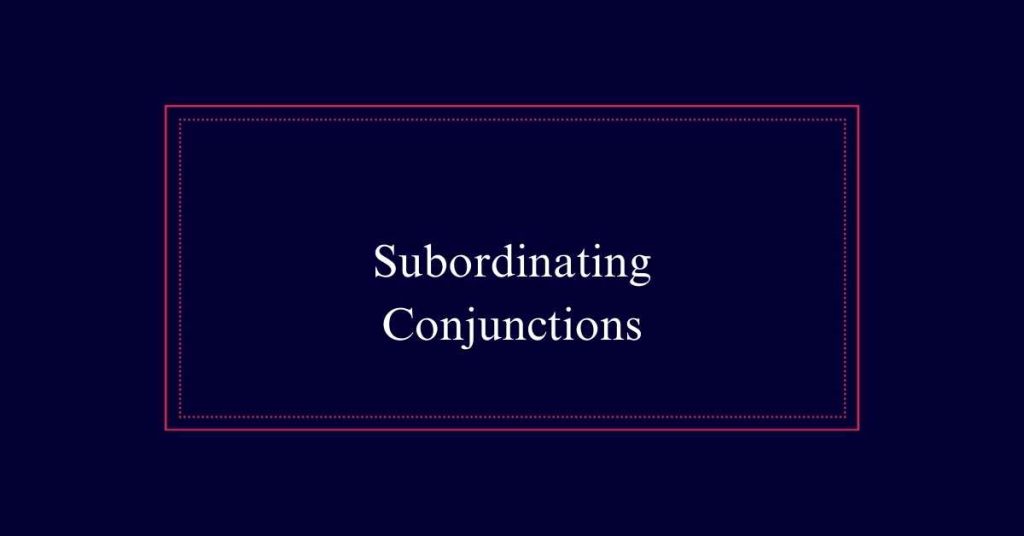
For’ and ‘Hence
Building on the understanding of ‘so’ and ‘so that,’ we now explore the subordinating conjunctions ‘for’ and ‘hence.’
‘For’ serves as a subordinating conjunction when it means ‘because.’ It links the cause to the effect in a sentence. For example, ‘She stayed home, for she was feeling unwell.’
‘Hence’ also indicates a cause-and-effect relationship. It shows that one action is a result of another. For instance, ‘The project was delayed; hence, the deadline was extended.’
Both ‘for’ and ‘hence’ are essential in constructing clear, logical sentences. They help readers understand the reasons behind actions. These conjunctions provide coherence by connecting dependent clauses to independent clauses in a meaningful way.
Comma Placement Rules
Correct comma placement is essential when using subordinating conjunctions to guarantee sentence clarity and coherence.
When a subordinate clause starts a sentence, it should be followed by a comma before the main clause. However, if the subordinate clause is in the middle or at the end, no comma is needed.
Here are key rules for comma placement:
- Leading Subordinate Clause: Use a comma when the clause starts the sentence.
- Middle Subordinate Clause: Do not use a comma if it appears mid-sentence.
- Ending Subordinate Clause: No comma is required when the clause ends the sentence.
- Complex Sentences: Ensure correct punctuation for clarity.
- Examples: ‘When it rains, we stay indoors.’ vs. ‘We stay indoors when it rains.’
Starting With Conjunctions
Why is it that sentences often start with subordinating conjunctions?
Starting sentences with subordinating conjunctions can emphasize the relationship between the dependent and independent clauses. This structure highlights context or conditions before presenting the main idea.
For example, phrases like ‘Because it was raining’ set the scene or explain a reason upfront.
When a sentence begins with a subordinating conjunction, it often leads with important information. This can enhance understanding and flow. Additionally, starting with such conjunctions can make writing more engaging and varied.
Examples in Sentences
To illustrate the use of subordinating conjunctions, consider these examples in sentences.
Subordinating conjunctions connect dependent clauses to independent clauses, helping to show relationships like cause-and-effect or shifts in time or place.
Here are some examples:
- *Because* it was raining, the match was postponed.
- She stayed home since she felt unwell.
- *Although* he was tired, he finished his work.
- *When* she arrived, the meeting had already started.
- *After* the movie ended, we went for dinner.
Sentence Structure Tips
Crafting well-structured sentences enhances the readability and effectiveness of your writing. Here are some key tips to improve your sentence structure:
- Vary Sentence Length: Mix short and long sentences to maintain reader interest.
- Use Subordinating Conjunctions: These help connect ideas and show relationships between clauses.
- Place Commas Correctly: Use commas after introductory dependent clauses.
- Maintain Clarity: Avoid overly complex sentences.
- Be Concise: Remove unnecessary words.
| Tip | Example |
|---|---|
| Vary Sentence Length | Short sentences. Longer, descriptive sentences. |
| Use Subordinating Conjunctions | Because it rained, the game was canceled. |
| Place Commas Correctly | After dinner, we went for a walk. |
| Maintain Clarity | Use clear and straightforward language. |
| Be Concise | Eliminate redundant phrases and words. |

